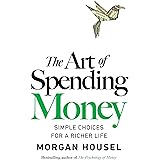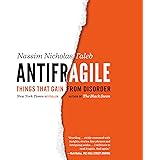Investing can be scary, but it’s also one of the best ways to build wealth over time. A well-diversified investment portfolio can help you reach financial goals like retirement, sending kids to college and buying a house, as well as outpace inflation to grow your purchasing power over time. But where do you start? Getting started with investing doesn’t require a high-flying Wall Street broker. In fact, the market is more accessible than ever, with online brokerage firms, investment apps and robo-advisors that allow you to invest your money while minimizing risk.
Before diving into the world of investing, you should consider what you’re trying to accomplish with your investments. For example, are you saving for the long term or looking to make income? These factors will guide your investing decisions and determine which assets to prioritize. It’s also important to think about your level of comfort in taking risks because some investments are more volatile than others.
For example, stocks offer the potential for great returns over the long term by giving you a share of ownership in a publicly traded company. However, they can be very volatile in the short term. As such, if you’re investing for the short term, it’s a good idea to hold these types of assets in only a small portion of your overall portfolio.
On the other hand, bonds offer a more stable return than stocks, but they don’t offer as much of a return. If you’re investing for the long term, it makes sense to diversify your assets by holding a mix of both stocks and bonds.
To begin investing, you’ll need to open an account that can accept the funds you wish to invest. Many big-name financial companies like Schwab and Fidelity will let you open a brokerage account that allows you to buy and sell stocks, exchange-traded funds (ETFs), mutual funds and index funds. Alternatively, you can work with a financial advisor or broker to manage your account for you.
Once you have your account or accounts set up, you’ll need to decide what percentage of your investment you want to allocate to each asset type. This is the risk you’re willing to take in order to generate the desired returns. A general rule of thumb is to invest most of your money in stocks, with a smaller amount invested in bonds and cash.
Once you’ve made your allocations, it’s important to stick to your plan and not get discouraged by short-term blips in the market. The longer you stick with your plan, the more likely you are to outpace inflation and achieve your financial goals.









